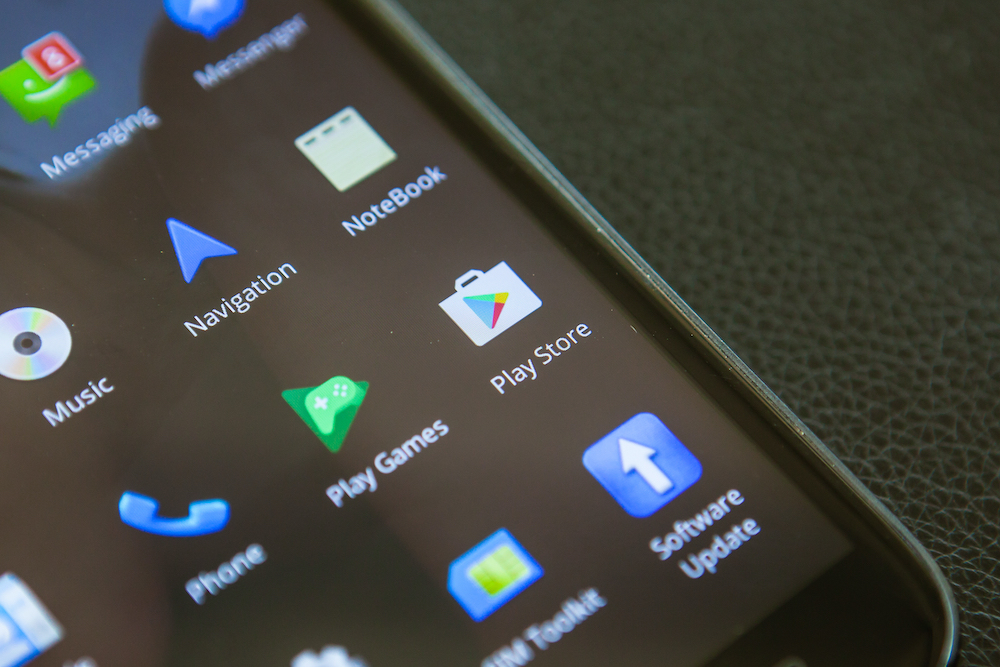How Can You Tell If Your App is Scamming You? Machine Learning May Help

Imagine you find yourself in need of a quick loan but you are over 15 kilometers away from the closest bank branch, without access to the right amount of collateral, and have no credit history. In many low-income markets, unbanked or underbanked individuals are turning to mobile applications which promise instant access to unsecured personal loans. While these apps have made accessing credit fast and easy, they have also exposed consumers to new risks. Because these apps go largely unregulated, predatory fees and rates, abusive debt collection practices, and misuse of private data are common. During the pandemic, app stores saw a sharp rise in suspect apps globally. The number of suspect personal loan apps appears particularly high. Of the personal loan apps available on the Google Play Store as of April 2021 and drawn from a 63-country sample, over 70% were newly released since January 2020—and 52% had been subsequently removed as of December 2021. So how can users know which apps are legitimate and which may be suspect?
In some cases, these apps have clear red flags: no verifiable provider physical address or website, app descriptions that do not match with the purported country of availability, or no clear contact information. Mostly, the signals are subtle. For example, reviews are commonly used by consumers to ascertain whether a product is legitimate; but scammers have become more sophisticated in crafting fake reviews. While app stores do have screening methods and some financial regulators have become proactive in curbing digital finance fraud, the high volume and turnover of scam apps make it difficult to remove apps before they harm consumers. Often, users with lower levels of digital and financial literacy suffer the most.
Machine learning can improve the efficiency of screening and monitoring suspect apps. We tested two different approaches for labeling apps as suspect or not.1 First, we manually classified apps based on indicators like fake reviewers and reviews, unreliable lender information, and prevalent user complaints. Next, we determined whether an app’s stated loan terms and conditions are compliant with local lending regulations and policies. We find that over three-fourths of personal loan apps in our data sample are likely suspect. We used hand-coded data from 2020 to train a machine learning model, then tested it out on new apps from 2021. Our models have high (80-90%) accuracy in classifying apps as either “likely suspect” or “likely legitimate”, which we evaluated by hand-coding the 2021 data. Accuracy is fair (70-80%) when sorting apps into more subtle categories: “pure fraud,” “predatory,” and “likely legitimate.”
Suspect personal loan apps harm consumers and legitimate app providers. Our research shows that about 45% of reviews for the “likely suspect” personal loan apps are complaints. In comparison, complaints make up only about 22% of reviews for “likely legitimate” apps. In practice, the most common complaints about suspect apps are about dealing with fake apps, having paid unnecessary or exorbitant processing or registration fees, dealing with abusive staff, and data privacy. Moreover, as more suspect apps become available in a given country, legitimate personal loan apps in the same market see a sharp drop off in their adoption. Left unchecked, suspect apps and other forms of digital fraud can erode trust in legitimate financial providers and hinder financial inclusion efforts.
Our techniques allow for close monitoring of digital financial fraud. They can improve the efficiency and effectiveness of detecting potentially fraudulent or predatory finance apps, and eventually may allow regulators to target and penalize apps in real-time. Finally, app stores can use this technology to develop a caution rating system and help consumers make safer financial decisions.
Have you ever encountered or downloaded a personal lending app that you suspected was a scam? Were you able to obtain redress? We want to hear from you: financialinclusion@poverty-action.org.
1. As part of a proof of concept.












